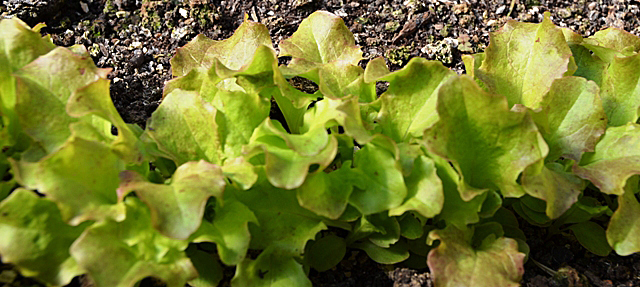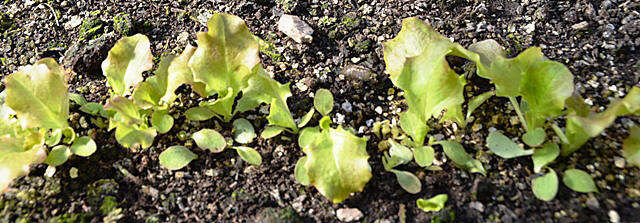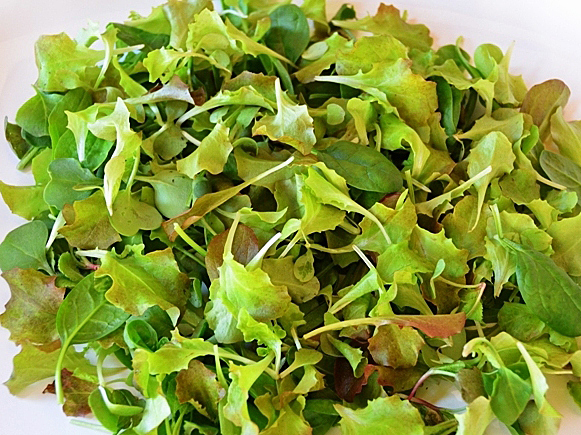
We have been vegetable gardening for over thirty years now and it has been only in the last few years that I have truly gained an appreciation for the thinning process. Tiny seeds we just planted would emerge from the ground only for me to pluck them out. I wondered, was I just wasting plants? Armed with scissors and a knife I halfheartedly would go about my task. I felt guilty that I was killing off some of our potential yield when in fact I was preparing for stronger plants. I got over my fear of thinning when I saw it’s real benefits. Vegetables are healthier when they are thinned out, they need room for their roots to expand. When you sow seed in the garden you may plant it a little heavier than the eventual five, six or more inches you need between each plant. Not every seed will germinate and some, like beet and chard seeds are actually a clump of seeds. Root crops, like beets and carrots, need room to expand or you will have misshapen, undeveloped vegetables. It’s better to have 30 well formed carrots, rather than 60 scraggly ones that have no use at all.

The process is quite simple, just check your seed packet to see how close the plants should eventually be and with a pair of scissors, snip away the little plants in between, leaving the healthiest plants alive. I prefer to thin periodically, getting closer to the exact spacing over a series of thinnings. For plants that should eventually be six inches apart, you may want to start with two inches, then in a week or so, four inches. With baby greens such as arugula, turnip, radicchio and spinach,you will have a micro green salad, worthy of a fine restaurant. Here’s a flavorful dressing for your greens.
Orange Vinaigrette
- 1/2 cup fresh orange juice
- 2 T balsamic blood orange vinegar
- 1T champagne vinegar
- 2T hazelnut oil
- 3T extra virgin olive oil
- Bring the orange juice to a boil in a small saucepan over medium high heat. Reduce the heat to medium and simmer until juice is reduced by one-half. Transfer syrup to a small bowl and let cool to room temperature.
- Transfer cooled juice to salad dressing shaker and add vinegars and oils. Season to taste with salt and pepper. Shake mixture until emulsified, about 20 seconds.
- The dressing can be stored in the refrigerator for one week. Bring to room temperature before using, shake vigorously to recombine before using.
- Place cleaned salad greens in a large bowl. Drizzle dressing over green and toss. Add more dressing to taste.
